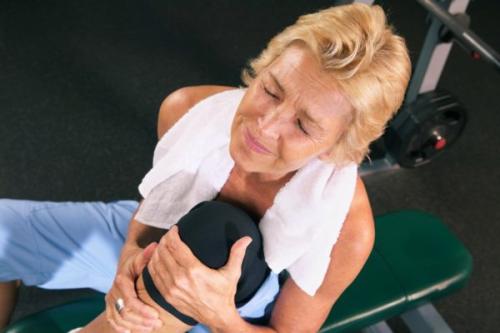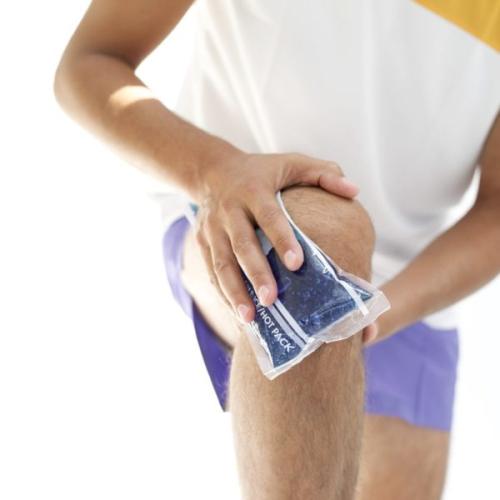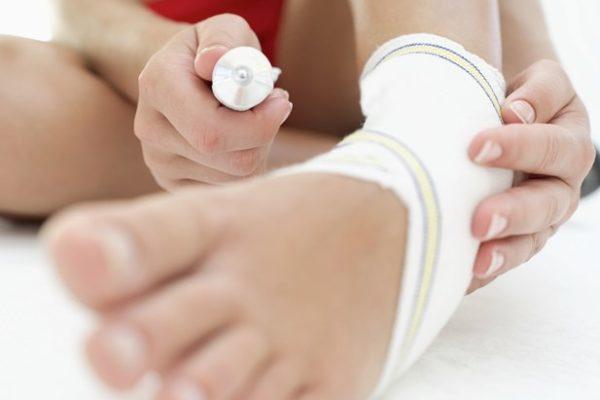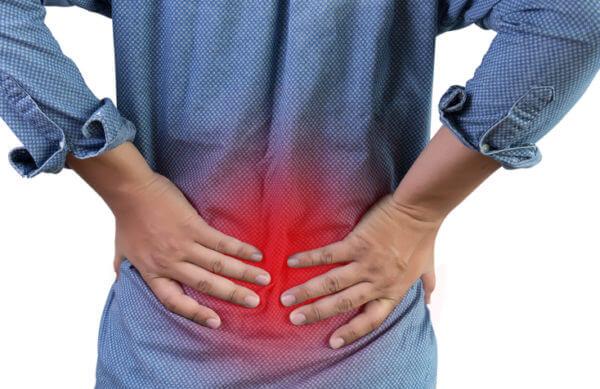It’s a tell-tale sign of age or rather a tell-tale sound of age—that cracking noise your knees make when you’re crouching down to pick up something or even when you’re just trying to sit in a chair. Most of the time, that sound is simply annoying or maybe even embarrassing, but occasionally that sound is accompanied by serious joint pain. If that’s the case, it might be time to take action.
What causes joint pain?
A number of things can cause joint pain—everything from arthritis, gout, bursitis, or injuries such as strains or sprains. When a joint is diseased or experiences some kind of injury, its ability to provide support between the bones is compromised. This often interferes with movement and creates anything from mild discomfort to severe pain. Dr. Jeremy Gardner, an orthopedic surgeon at Altru Advanced Orthopedics, sees patients suffering from joint pain every day.
“Joint pain is quite common, especially in the knee and shoulder. A high percentage of people will experience joint pain at some point in their life,” he says.
In fact, studies show an estimated one-third of all adults report some joint pain over the last 30 days.
“Joint pain is extremely common in older adults and can be associated with trauma or it may be degenerative,” says Altru physical therapist, Amanda Leavy.
What can you do about it?
Fortunately, you have some options for what to do after an injury to the joint.
“Typically start with rest, ice, elevation, and anti-inflammatories,” Dr. Gardner says. “If your symptoms persist beyond a couple of days or you have an inability to bear weight, then further evaluation may be necessary.”

If the pain is mild and there is no swelling, acetaminophen (Tylenol) is effective for relieving those symptoms. If the pain is more severe and it’s accompanied by swelling, you may need an over-the-counter or prescription nonsteroidal anti-inflammatory drug (NSAID) such as aspirin, ibuprofen (Advil, Motrin), or naproxen sodium (Aleve) for relief. Dr. Gardner says aspirin can be effective, but would not be a standard first choice. Topical creams rubbed on the joint can also ease pain and symptoms.
Leavy says treatment can also include lifestyle changes.
“Conservative treatment for joint pain can include a wellness or weight loss program, supplement and vitamin implementation, it would be best to formulate that treatment plan with your primary care or orthopedic provider,” Leavy says.
The PRICE Principle
As is the case with many sports injuries, “The Price Principle” is an effective way to treat pain in the joints.
PRICE stands for:
- Protection
- Rest
- Ice
- Compression
- Elevation
PRICE is most effective if used within two to three days of joint pain or injury. More than anything, you are trying to manage to swell, reduce pain and prevent the joint from getting worse.
Protection
One way to prevent the joint pain from worsening is to wrap it in an ACE bandage or put it in a splint. Stabilizing the joint and preventing it from moving will prevent further damage.
Rest
Resting the injured joint and getting proper sleep is one way to ensure the body has a chance to heal itself. Sometimes, the body’s own healing powers need a little help. Some patients opt for the use of crutches to keep the injured knee or ankle sedentary.

Ice
An ice pack can be applied for approximately 20 minutes at a time and then removed. This can be repeated every two hours. To prevent injuring the skin, a thin washcloth should be placed between the ice pack and the skin. Dr. Gardner says heat is also an effective way to treat joint pain.
“Heat and ice can both be beneficial,” Dr. Gardner says. “There isn’t one that is far superior to the other. Some people describe feeling better with heat in the morning and ice in the evening or after activities. Both can be beneficial depending on your symptoms.”
Compression
While ice can decrease the swelling of the joint, compression can keep the swelling down for longer periods of time. There are a number of compression wraps available on the market, but the most commonly used is an elastic or ACE bandage.
Elevation
Finish the PRICE principle by elevating the injured joint as much as possible. The elevation is important because it helps slow blood flow to the joint.
When to see a doctor?
Some people will tough it out for years and never see a doctor for their joint pain. But they could be missing some relatively easy steps towards feeling better. Providers at Altru Advanced Orthopedics advise you to make an appointment if your pain is constant and unrelenting or if it affects your everyday life. Assessing what’s wrong might determine a treatment plan. With new treatments, medications and options, you don’t need to suffer.
Learn more about how to cope with joint pain at Altru Advanced Orthopedics, altru.org/ortho.







